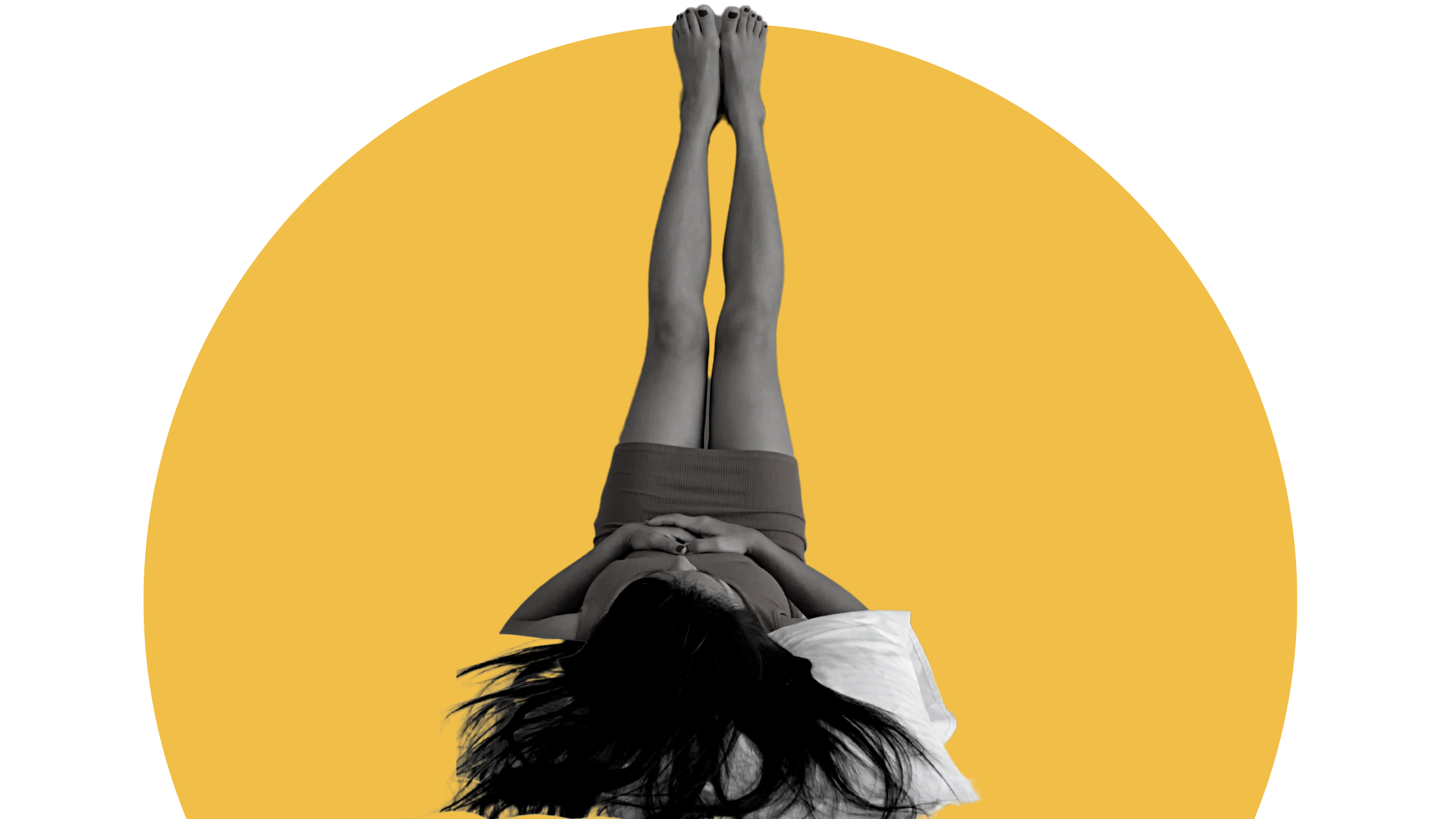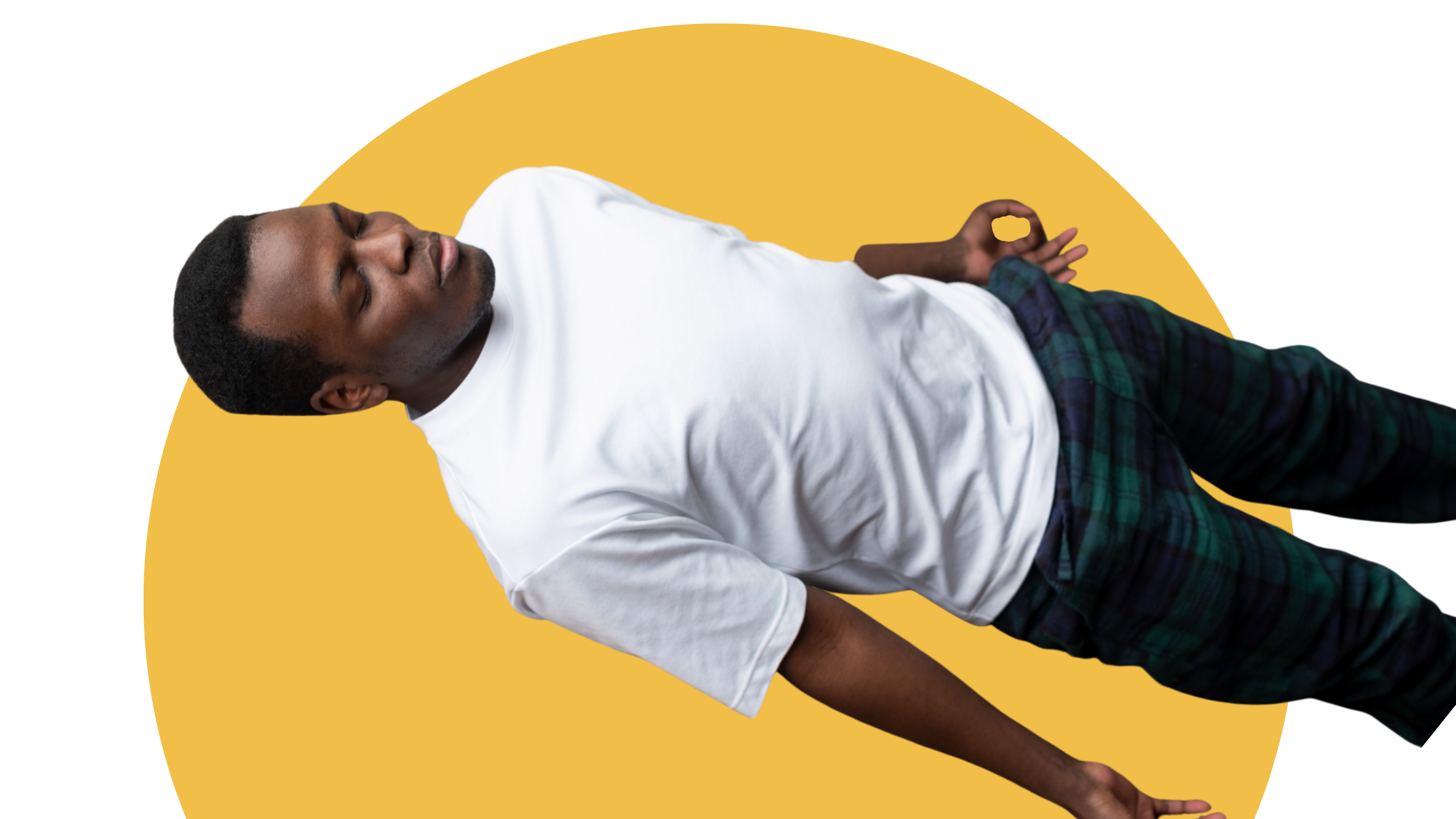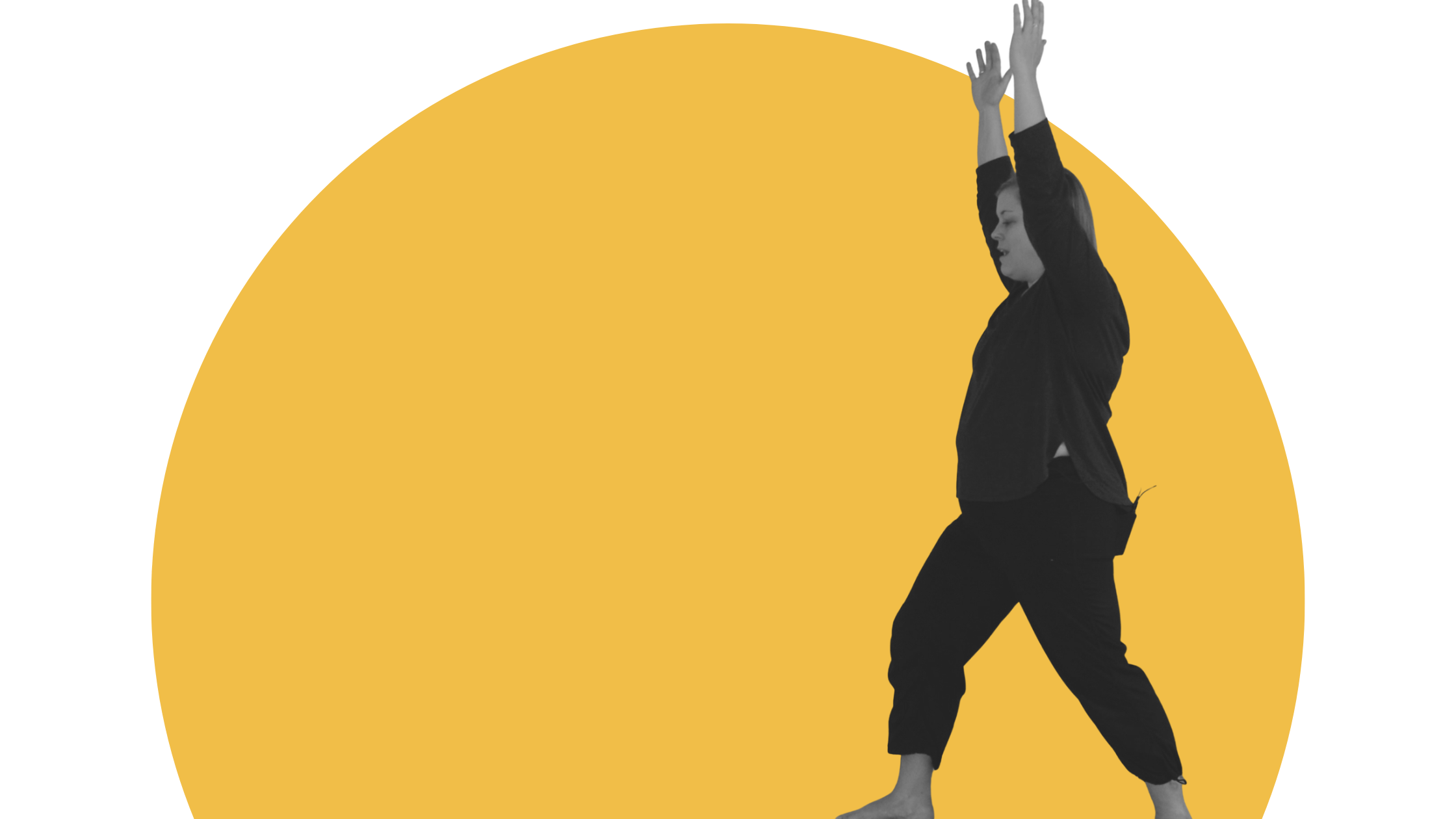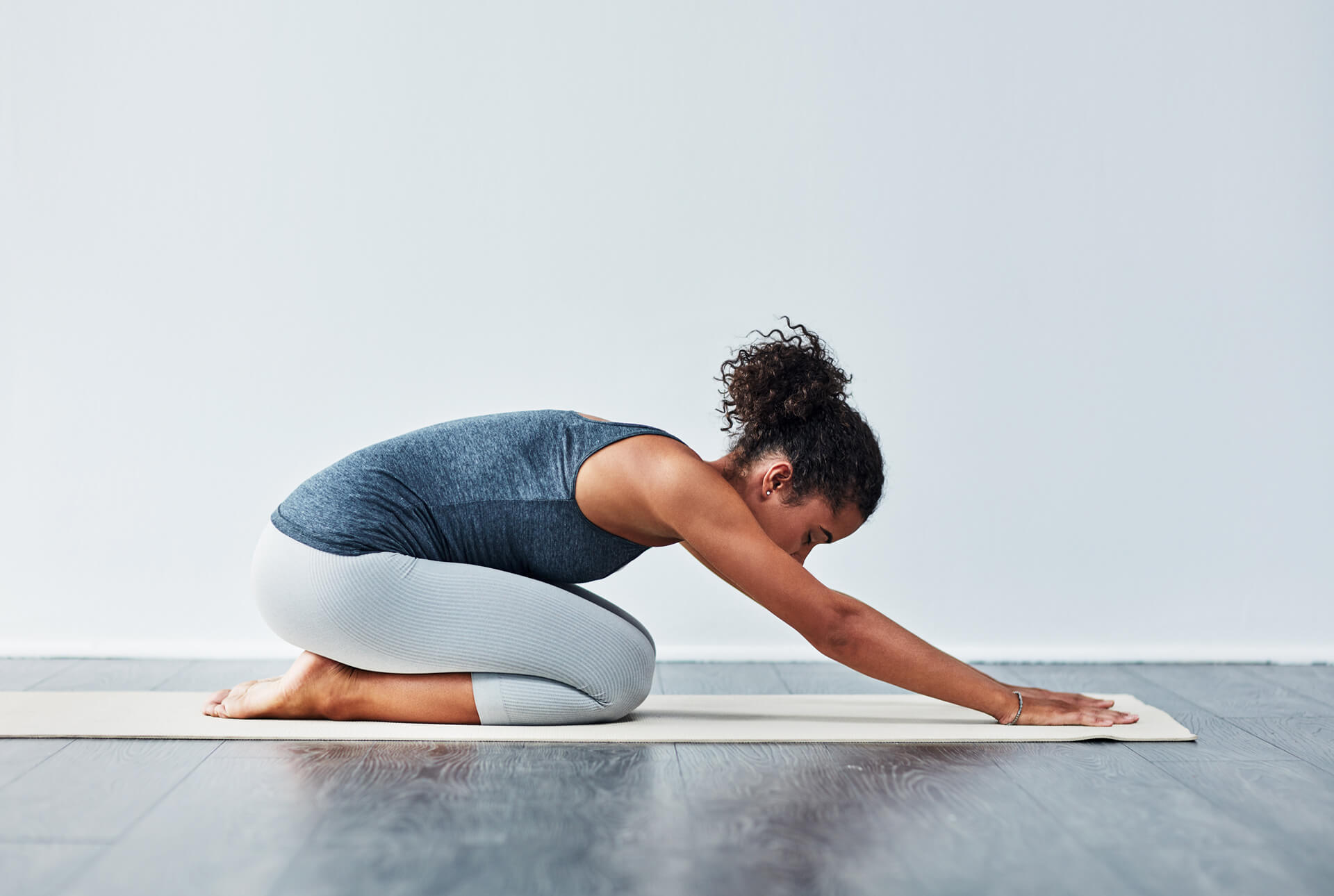
Trauma Informed Yoga
Have you ever found as a trauma survivor that you’ve tried yoga, you’ve gone to yoga class, and it just doesn’t feel right for you? Trauma informed yoga is perfectly suited, designed, and developed to be effective and powerful for trauma survivors.
Trauma informed yoga is a way for trauma survivors to safely experiment with having a body again. Through yoga, students can practice breathing, moving, feeling their body again, restoring the loss of control that they may have experienced in trauma.
It is set up so that students are in control of their bodies at all times. The teacher is there to provide professional support and guidance while the student comes into different shapes and forms but always directing the power back to the student about what is done with their body.
One of the hallmarks of trauma is that something happens that is outside your control, and so the very foundation of trauma informed yoga is you have control over your body and what it’s doing at all times.
The teacher is there to offer professional support and guidance in terms of feeling your feet on the ground, feeling your breath, or what muscle you’re trying to move, but ultimately you have the choice and the power about how you’re moving your body and what you’re doing with your body.
The main objective is to use the forms and shapes that we come into in yoga to practice making choices again – very slowly over time, rebuilding that sense of power and control that you may have lost in trauma.
The other important part about trauma informed yoga is called interoception, the feeling on the inside, what the body is feeling and how the body is feeling, and often this is also impacted or taken away as a result of traumatic experiences. And so trauma informed yoga really focuses on coming back to the body and inviting the mind-body connection to turn back on, to strengthen and to develop into a tool that a person can use to live a healthy, balanced life.
For trauma informed yoga, there’s no experience necessary. There’s not even any equipment necessary. We keep it very simple on purpose so that the trauma survivor can focus on their body.
The focus is not as much on the external representation of the form, which means how it looks, but on the internal feeling and sensation of the form, which is how it feels.
So in trauma Informed Yoga, we focus on how it feels so that the trauma survivor can once again come back to feeling their body, all parts of it…the parts that may have been turned off or disassociated in trauma. We very slowly build that mind-body connection so that the trauma survivor can once again feel those parts.
In trauma informed yoga, we prioritize two types of language, invitational language and interceptive language.
Invitational language is different from what you might hear in a regular yoga class, which is, “Do this, turn that, turn your foot, raise your arm” and very direct commands. In trauma informed yoga, we focus on, “If you want to, you could try, maybe see if…” and so different words and phrases that invite a person to have power over their own body at all times.
Not expecting every person to do the same thing, not expecting everyone to join at the same level. And just bringing the power back to the student and their individual body and their individual experience on any given day.
We also prioritize interoceptive language, which is language that invites the practitioner to build that mind-body connection, to build the felt sense, the failing on the inside of the body of what something feels like. Language you might hear that’s along these lines are, “See if you can feel, you might be curious about, you might experience” and those types of language that are open-ended and allow for a really wide range of experiences.
This is true in trauma informed yoga, but even in regular yoga classes, everyone feels something different and different people are connected to different parts of their body more strongly. And so we use invitations for the trauma survivor to build the capacity to feel what’s happening in the body little bit by little bit.
How the teacher conducts him or herself in a trauma informed yoga class is slightly different than in a typical or mainstream yoga class.
In trauma informed yoga, the main responsibility of the teacher is to create a sense of safety.
And so if trauma informed yoga is practiced in person, this means that the teacher stays on their mat, they don’t wander around, like happens in a typical yoga class. Therefore trauma survivors always know where the people are in the room creating that very important sense of safety.
The teacher also maintains a really calm environment and as much as possible, an environment that’s the same from time to time so the mats are set up the same way. The props are in the same place in the room, the different people are all in the same place, so that as the trauma survivor enters new environments and tries new things, the fact that the environment is the same is one thing that creates that little bit sense of safety, so that more risk can be taken and the trauma survivor can feel safe coming back to their own body, feeling their own body and moving their own body.
And so in trauma informed yoga, we really are aiming number one to create that sense of safety. Number two, to build that sense of interception, the ability of a trauma survivor to feel their body again.
We’d love to hear your comments on this interpretation of trauma informed yoga, leave us a comment below! Any questions, pop those in the comment box below as well.
Much peace to you,
Angie & the Gentle Yoga Team







